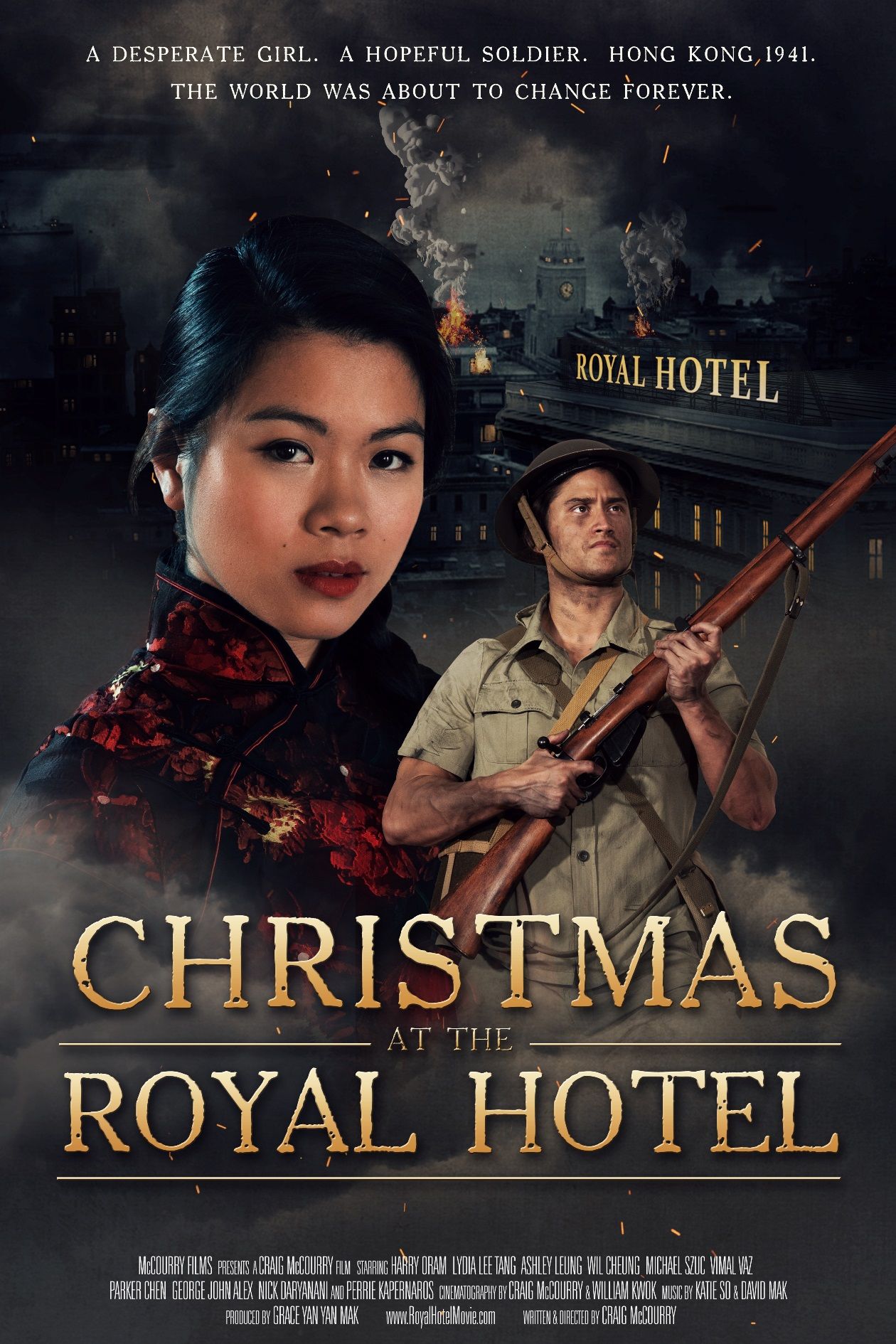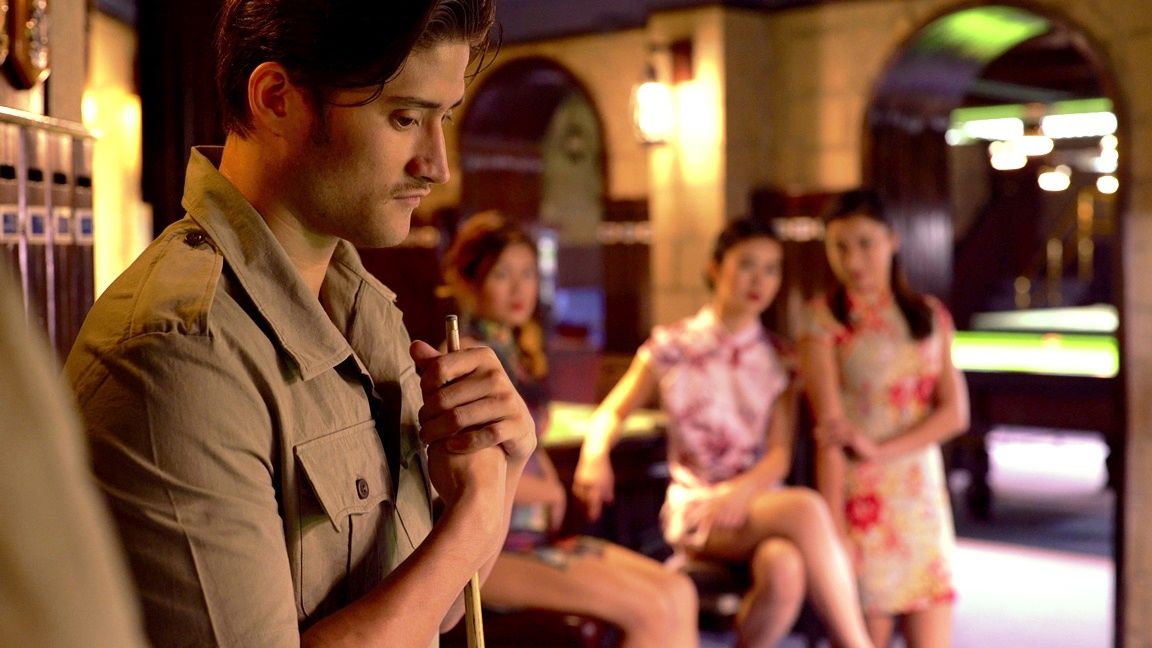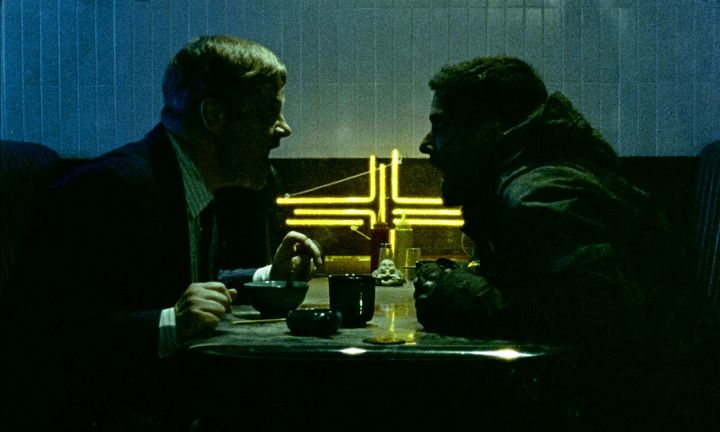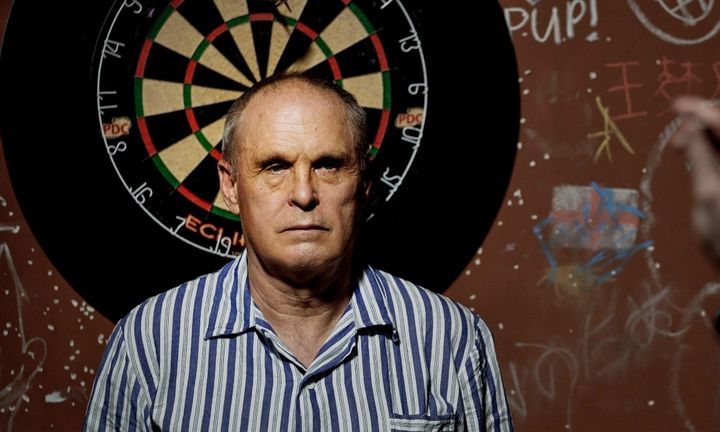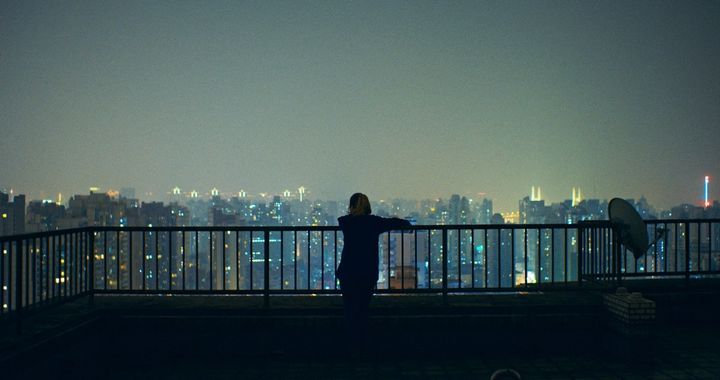Lives are caught up in the devastation and turmoil of the Japanese invasion of Hong Kong during the Second World War in Christmas at the Royal Hotel. Writer-director Craig McCourry talks reliving one of the darkest moments in the history of the former British colony.
EastIndie: How long have you been in Hong Kong and how has it influenced you as a storyteller and a filmmaker?
Craig McCourry: I moved here three years ago from the United States. I love it here. Hong Kong is one of the best cities in the world. It has what I call ‘texture’—from the back alleyways of Sham Shui Po to the rooftops of Mongkok to the hyper-activity in Causeway Bay, the trams, boats, sidewalks, and buses—it’s a cinematic journey every time you venture into the chaos. It also sits on the fault lines of the past and the future. This makes it a fantastic setting for documentary and feature films. Most other cities seem dull in comparison. It’s like a faltering Rome—dancing on the edge, but a paradise for a storyteller.
EI: Your upcoming feature is called Christmas at the Royal Hotel. What’s it about?
CM: The film is about the impact of war on two Chinese women and the self-sacrifice of a foreign soldier who came to the defense of Hong Kong during World War II. The movie shows how lives become entangled in history, fighting for freedom, fighting to survive, in a mad churning river of war.
EI: Why did you want to tell this particular story?
CM: Most war films focus on heroes with semi-overt nationalistic themes. I wanted to tell a story that showcased the impact of war on the individuals who become trapped within its claws. As for those who died in the Battle of Hong Kong, sacrificing their future so that we may have our future, the least we can do is to remember their service.
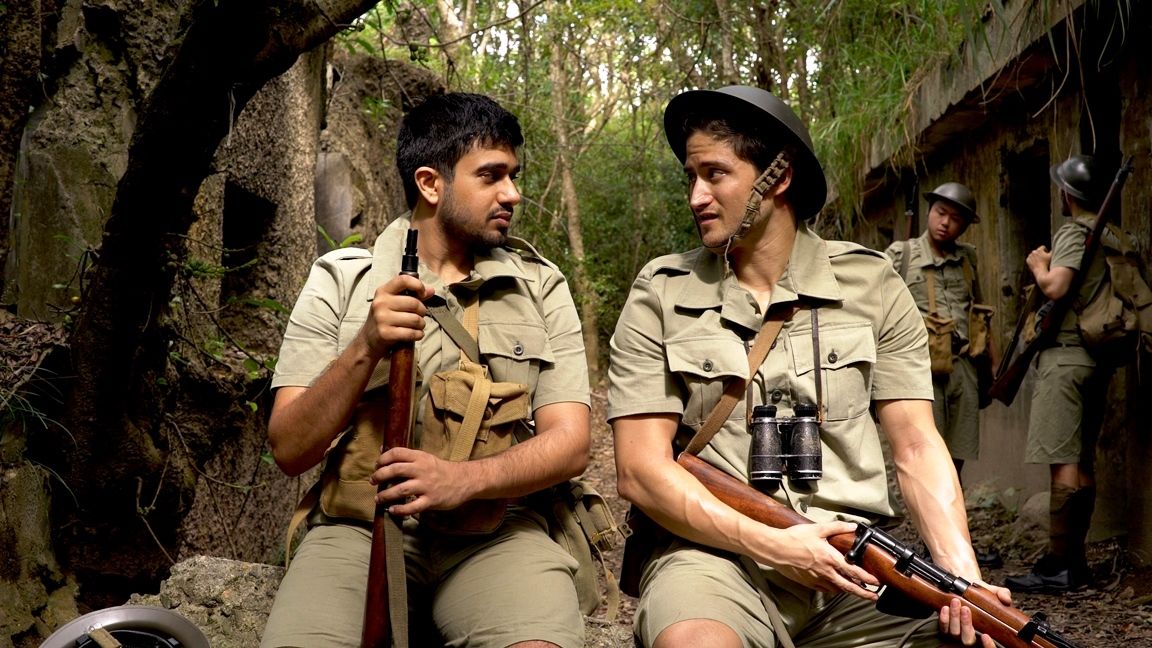
EI: Why was the battle such a pivotal moment in Hong Kong’s history?
CM: During the 1930s, the Chinese mainland had been repeatedly attacked and occupied by Japanese forces. An ongoing Chinese civil war between the Nationalists and Communists was also being waged throughout the country. The turmoil of war had devastated China. By comparison, Hong Kong was a safe city, a place of refuge in war-torn Asia. The British were primarily concerned with fighting the Germans and Italians in Europe and limited military resources were available to defend the colony. But, as the Japanese advanced deeper into China, it became apparent that even Hong Kong was under threat. In a last ditch effort to shore up defenses, two battalions of Canadian troops arrived in Hong Kong in November, 1941. Three weeks later, the Japanese launched a surprise attack on the city and a bloody battle ensued. It was the darkest moment in the city’s history with the final surrender of the colony taking place on Christmas Day.
"I quickly sensed the emotional pull of the story—people cast away on foreign soil, a battle that destroys families, losing touch with loved ones—a true Christmas noir."
EI: Where did the idea for the film come from?
CM: In December 2016, I attended the St. Andrew’s Christmas Eve church service in Hong Kong with my wife and some friends. As I looked out over all of the people, my mind started to think about the power of traditions and how they bring people together. At the service were Hongkongers, Europeans, Americans, Indians, and many other nationalities, all representing the diverse background of Hong Kong. It suddenly hit me to tell a war story about the fall of Hong Kong. I quickly sensed the emotional pull of the story—people cast away on foreign soil, a battle that destroys families, losing touch with loved ones—a true Christmas noir.
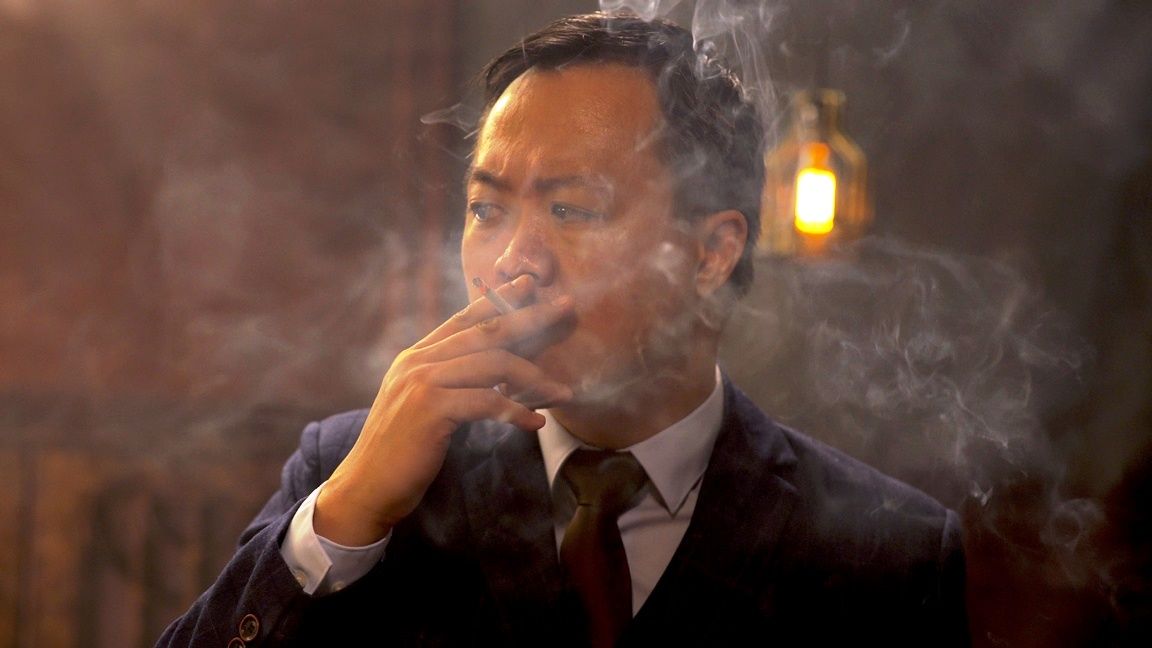
EI: Why did you decide to use a hotel as the primary setting for the story?
CM: From the outset, I was excited by the backdrop of old Hong Kong—a place filled with refugees, spies, and war profiteers, all providing a rich swamp of despicable characters for the film. So, much like Rick’s Café Américain in Casablanca, I decided the film’s story would revolve around the slightly defunct hotel as the main watering hole where all these characters would circulate.
EI: How long did you spend working on the project and what was the process like?
CM: I wrote the script in April 2017. We started filming in August of that year, shooting one or two days a week until early November. The film was in post-production from December to April 2018. So, it took about a year to complete.
"I really enjoyed creating a film that allowed some of Hong Kong’s most talented actors to display their craft to the world."
EI: What was the most interesting part for you about working on the project?
CM: I loved creating a film that allowed the actors a platform to showcase their talents. There are so few opportunities for actors to receive good acting roles in movies. So, I really enjoyed creating a film that allowed some of Hong Kong’s most talented actors to display their craft to the world.
EI: What was the biggest challenge in putting the film together?
CM: Due to limited space, we could only build one set at a time. So, the breakdown for each week was to spend four days building each set, shoot all the scenes for that set in one or two days, tear it down the next day, then repeat the entire process the following week. The film required nine sets, so the entire process took about ten weeks of continuous building, shooting, and tearing down each one. We also had three typhoons hit Hong Kong during our shoot which created a scheduling mess.
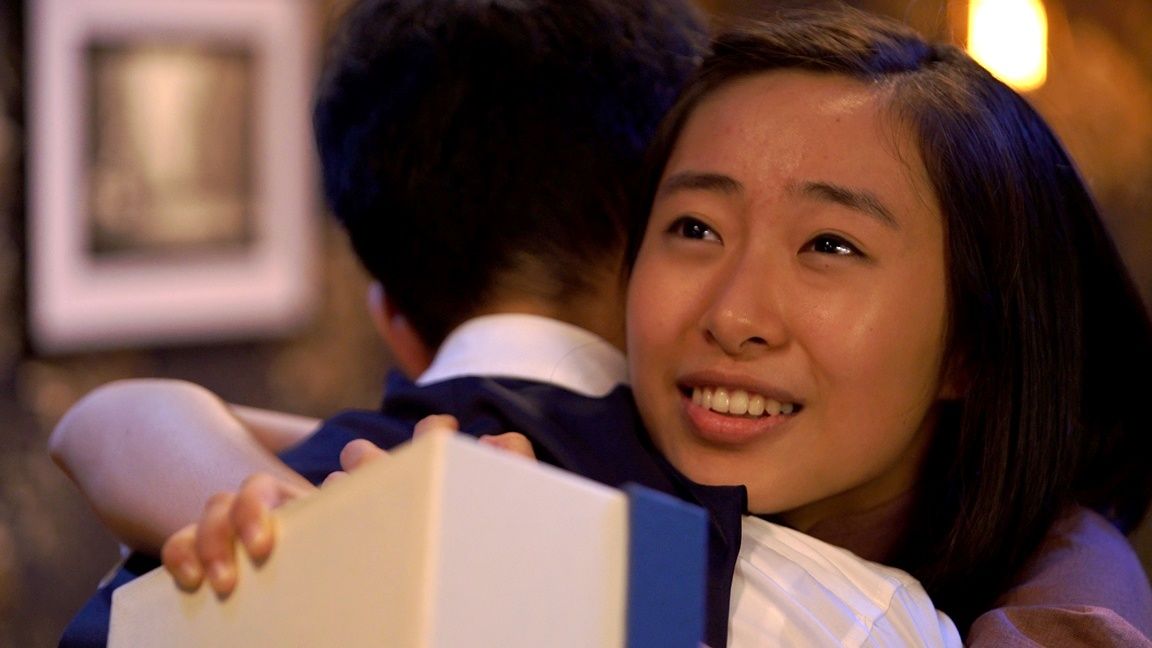
EI: How has working on the film affected you personally?
CM: It gave me the confidence that I can lead a detailed, complicated feature production on a tight budget and still perform miracles of film-making efficiency. That said, it does help that I’ve worked for over thirty years as a filmmaker—so I do understand the production process from start to finish.
EI: Can you offer any advice to other filmmakers looking to develop similar projects?
CM: Doing a historical drama feature film is especially difficult in Hong Kong, as the city has limited locations that can reflect a historical era. So, pre-production planning is essential, as every detail needs to be covered—locations, film sets, props, and wardrobe. If you leave it to the last second, you’ll have to spend a lot more money on the production due to bad planning.
"It gave me the confidence that I can lead a detailed, complicated feature production on a tight budget and still perform miracles of film-making efficiency."
EI: What is your plan for the film now that it has been completed?
CM: During the upcoming months I’ll be working hard on building awareness of the film. Film festivals, film distributors, cinemas, community screenings, and eventual streaming and DVD release will all be a part of the rollout—tailored for the needs of each market.
EI: Lastly, what are you planning to work on next?
CM: I have a documentary film going into post production soon titled, The Endless Winter. The documentary follows the last vestiges of the steam railways into the wind-swept coal towns and grasslands of Northeastern China… a place with an odd serenity in the dead of winter. I also have another historical drama feature film that I’m developing.
